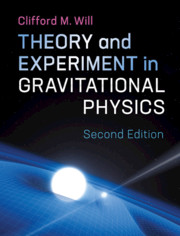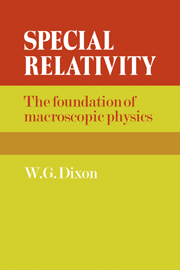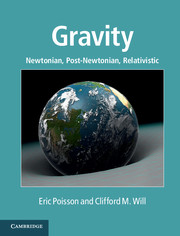Theory and Experiment in Gravitational Physics
The 2015 centenary of the publication of Einstein's general theory of relativity, and the first detection of gravitational waves have focused renewed attention on the question of whether Einstein was right. This review of experimental gravity provides a detailed survey of the intensive testing of Einstein's theory of gravity, including tests in the emerging strong-field dynamical regime. It discusses the theoretical frameworks needed to analyze gravitational theories and interpret experiments. Completely revised and updated, this new edition features coverage of new alternative theories of gravity, a unified treatment of gravitational radiation, and the implications of the latest binary pulsar observations. It spans the earliest tests involving the Solar System to the latest tests using gravitational waves detected from merging black holes and neutron stars. It is a comprehensive reference for researchers and graduate students working in general relativity, cosmology, particle physics and astrophysics.
- Covers up-to-date experimental results including gravity-wave detections
- Includes detailed theoretical frameworks for testing gravitation theories which readers can apply to future research
- Provides a unified treatment of calculations in general relativity which can be extended and applied to a range of alternative theories of gravity
- Gives engaging historical accounts of many classic tests
Reviews & endorsements
'Throughout, the text is well written and the presentation is easy to follow … The content is presented in full formal rigour, as appropriate for such a book. The text is in the style of a monograph, referenced to scientific publications throughout and supported by a number of black-and-white figures. It can be recommended to readers on the level of advanced undergraduates and above, either to accompany a course in gravitational physics, or for other studies of gravitation in the frame of general relativity with a special focus on possible and actually performed tests, their experimental implementation, and their implications for theory.' Manuel Vogel, Contemporary Physics
'As a leading researcher in this field for some 50 years and the author of many pedagogical and review papers the author is extraordinarily well-qualified to write such a book … The writing is clear and readable, and there are extensive references to the original literature for those wanting to explore further … this book is an invaluable survey and reference for those wishing to delve further.' Jonathan Thornburg, The Observatory
Product details
September 2018Hardback
9781107117440
360 pages
253 × 192 × 20 mm
0.96kg
16 b/w illus. 13 tables
Available
Table of Contents
- Preface
- 1. Introduction
- 2. The Einstein equivalence principle
- 3. Gravitation as a geometric phenomenon
- 4. The parametrized post-Newtonian formalism
- 5. Metric theories of gravity and their post-Newtonian limits
- 6. Equations of motion in the PPN formalism
- 7. The classical tests
- 8. Tests of the strong equivalence principle
- 9. Other tests of post-Newtonian gravity
- 10. Structure and motion of compact objects
- 11. Gravitational radiation
- 12. Strong-field and dynamical tests of relativistic gravity
- Index.








